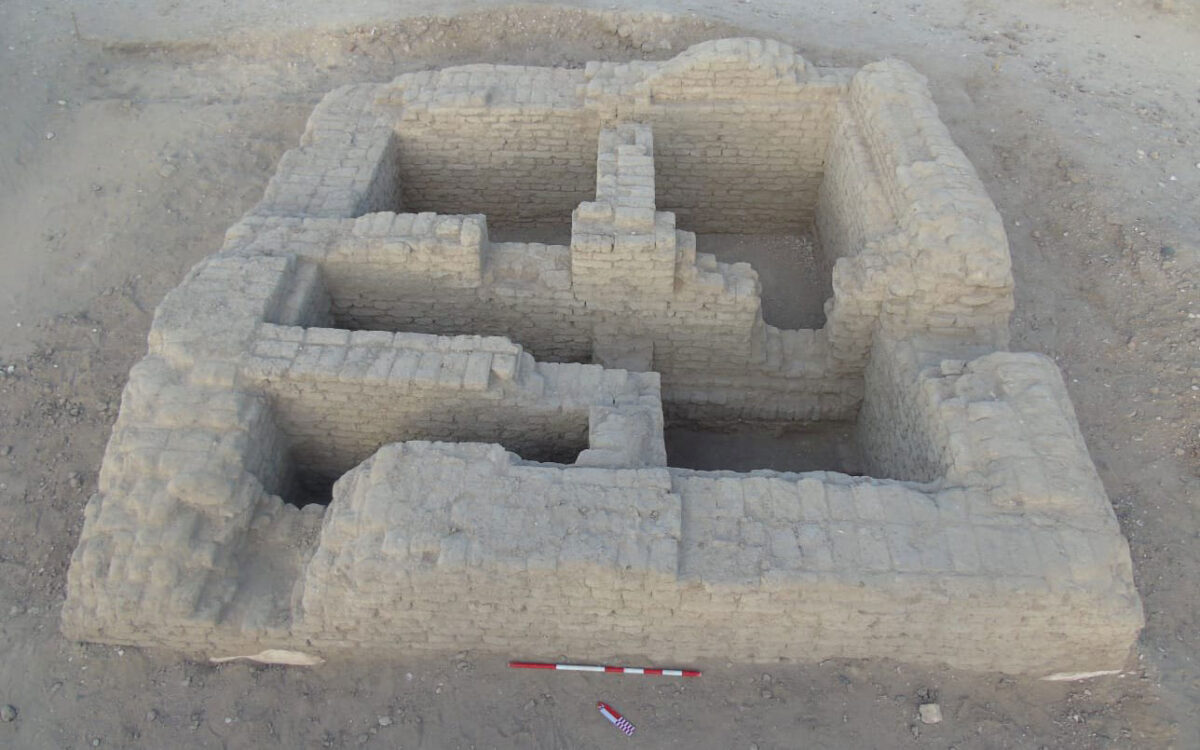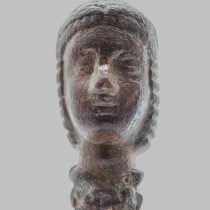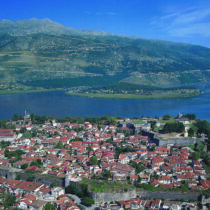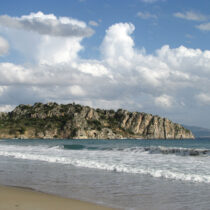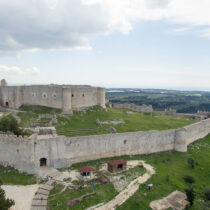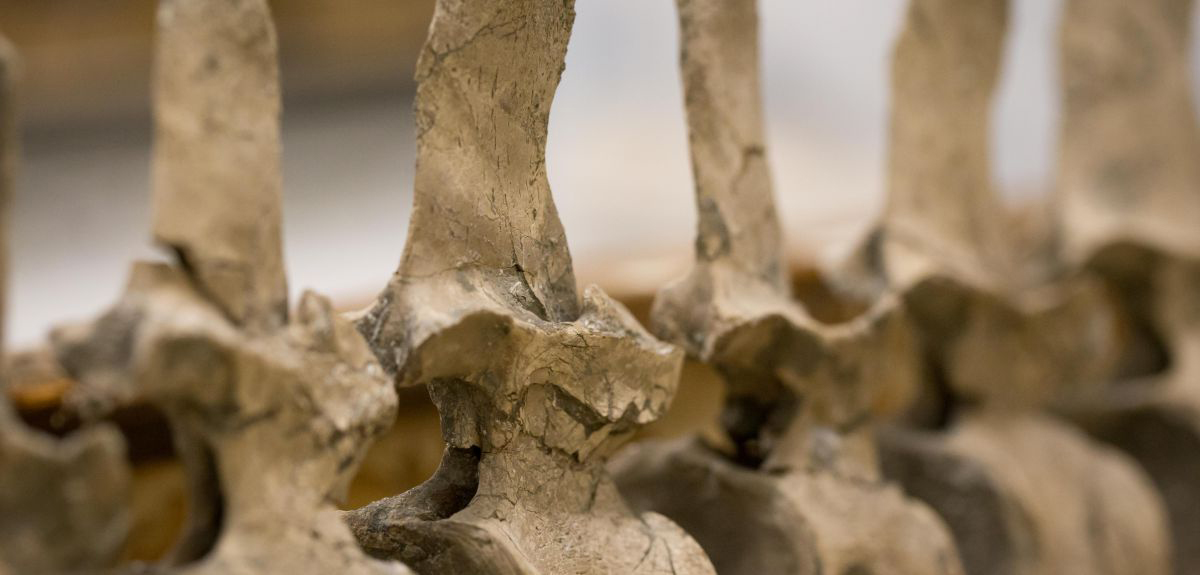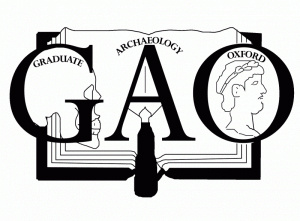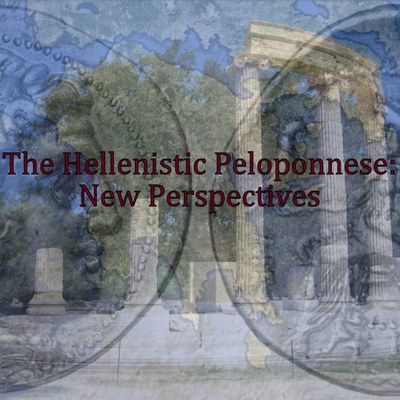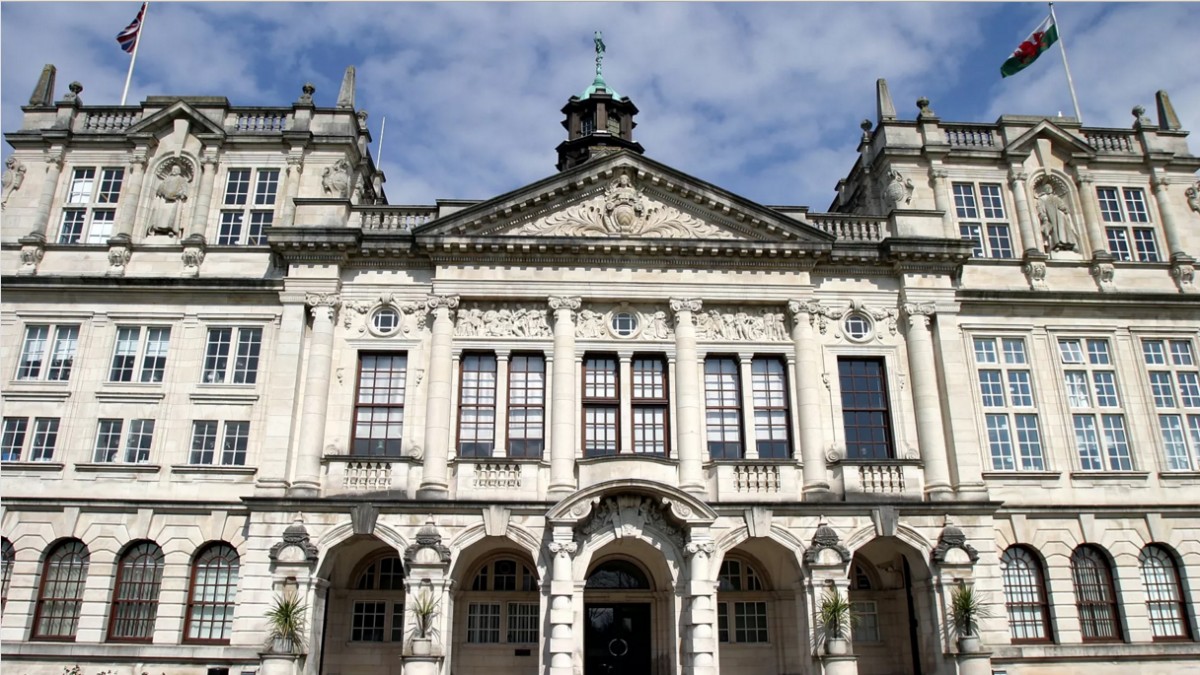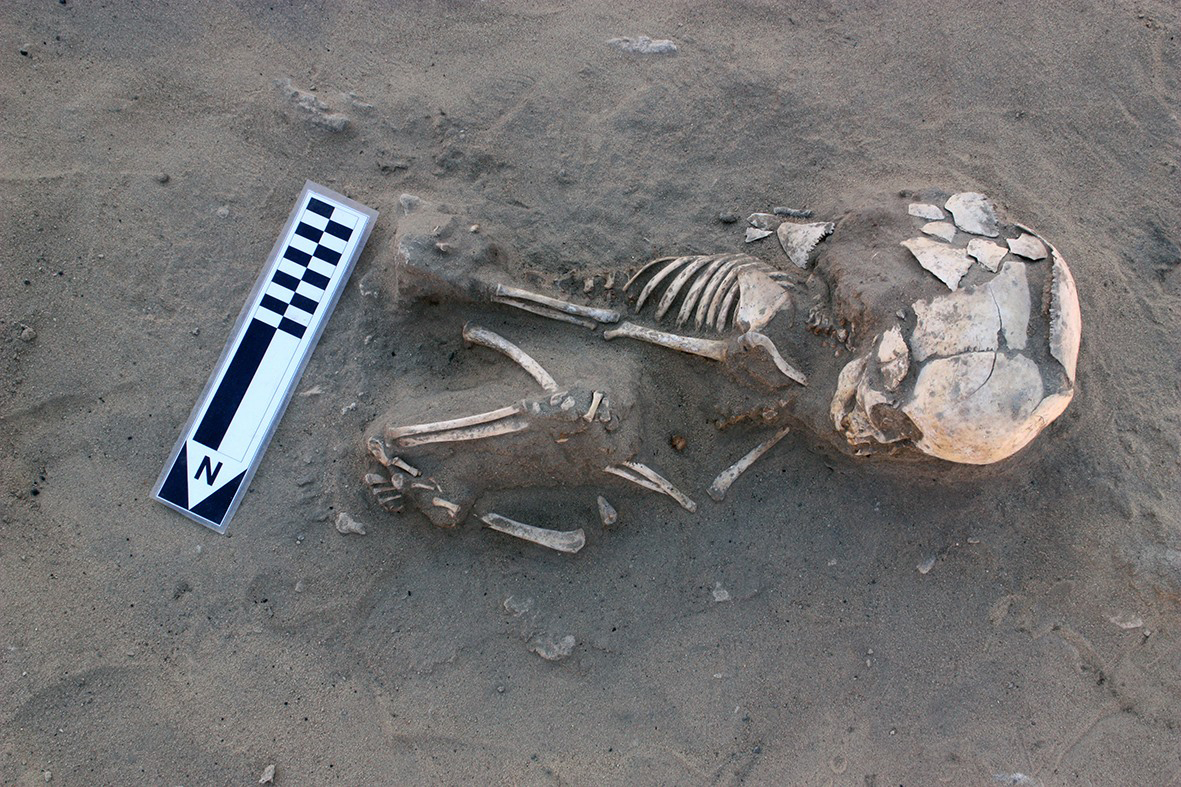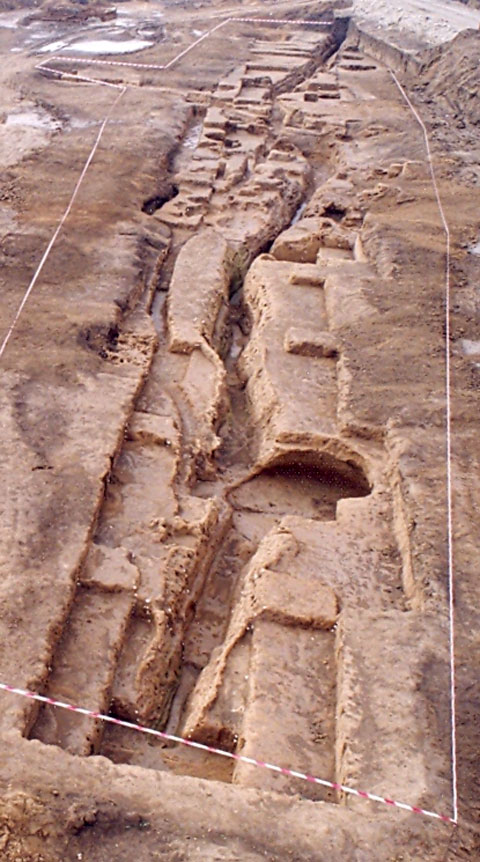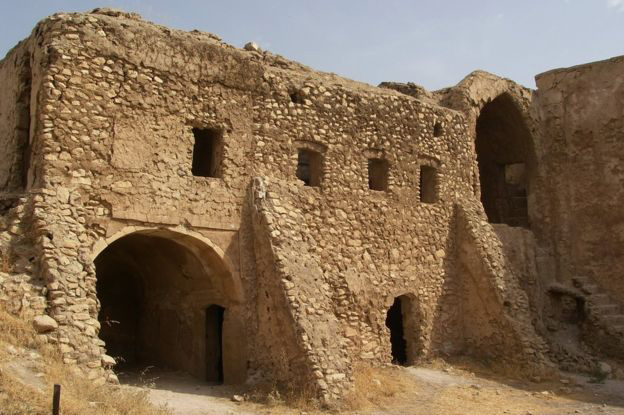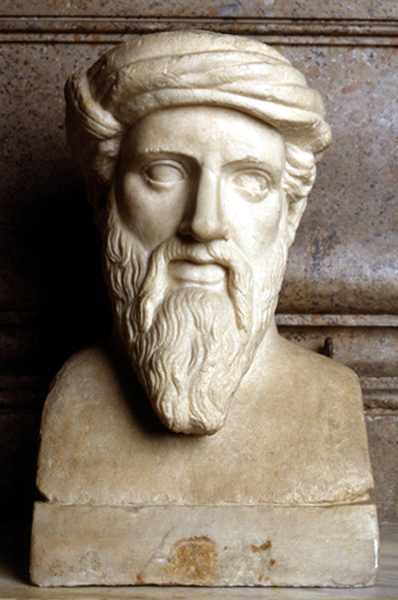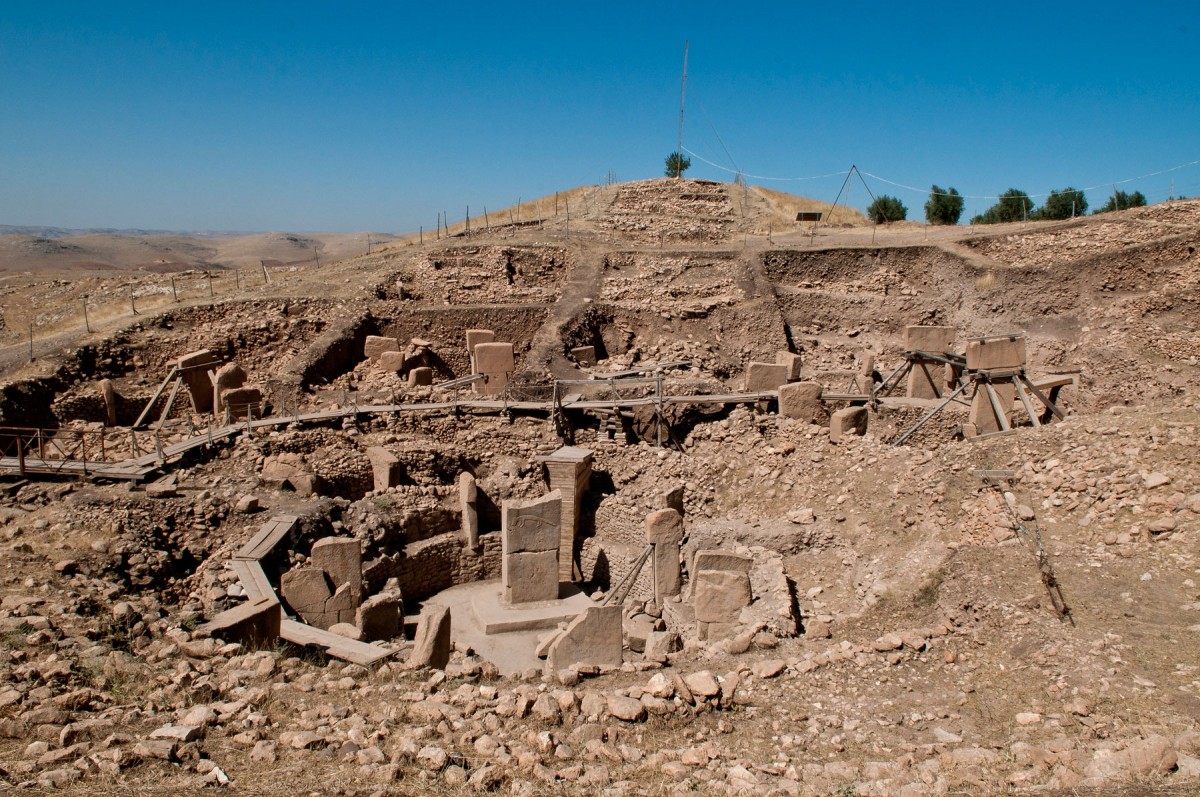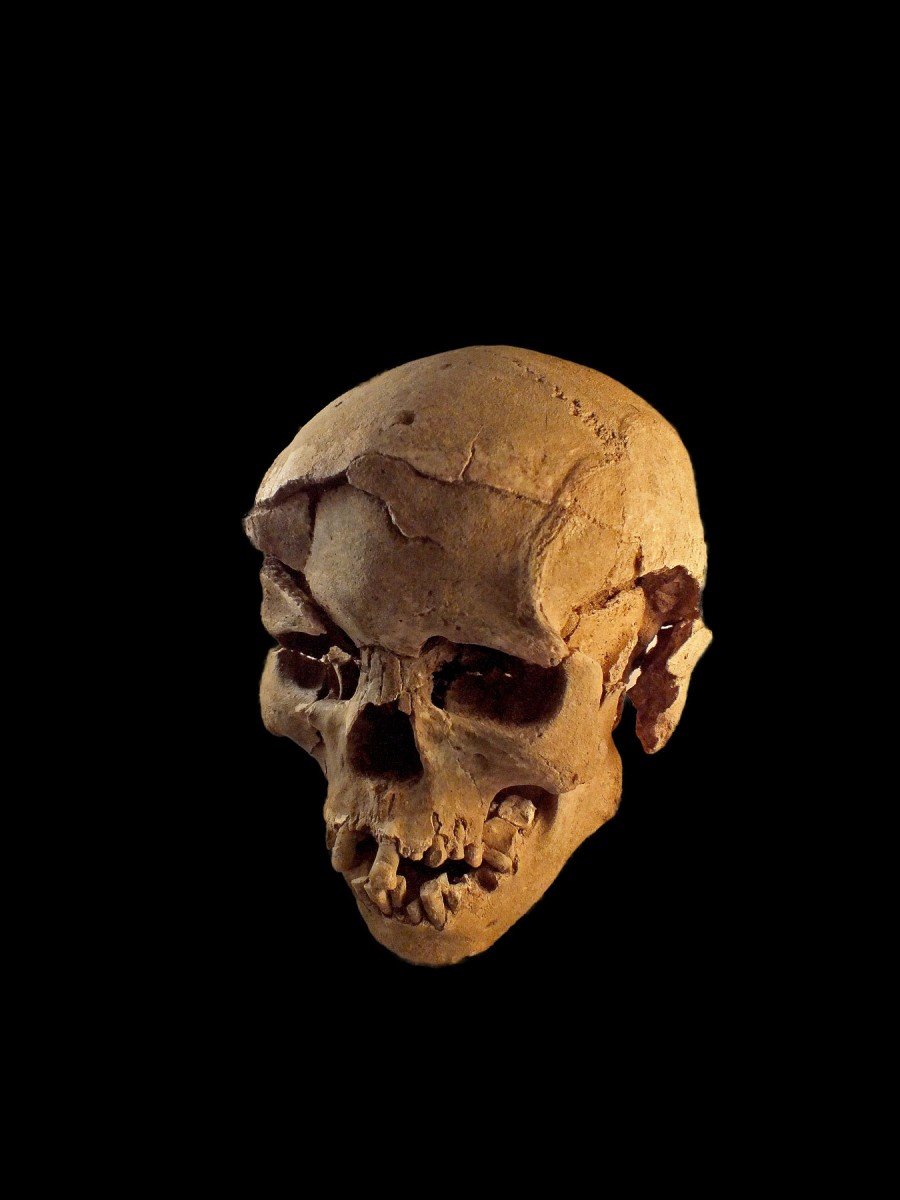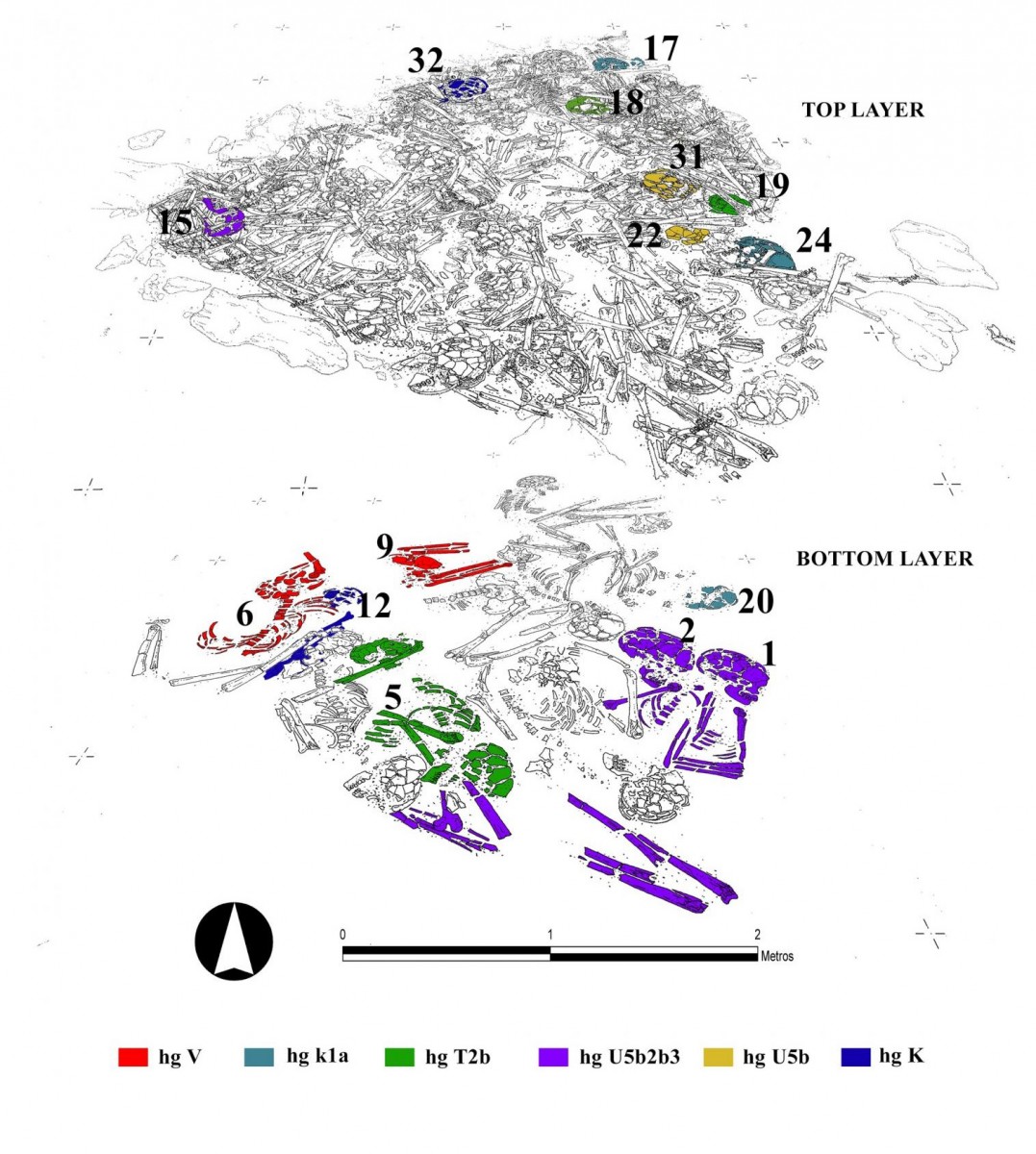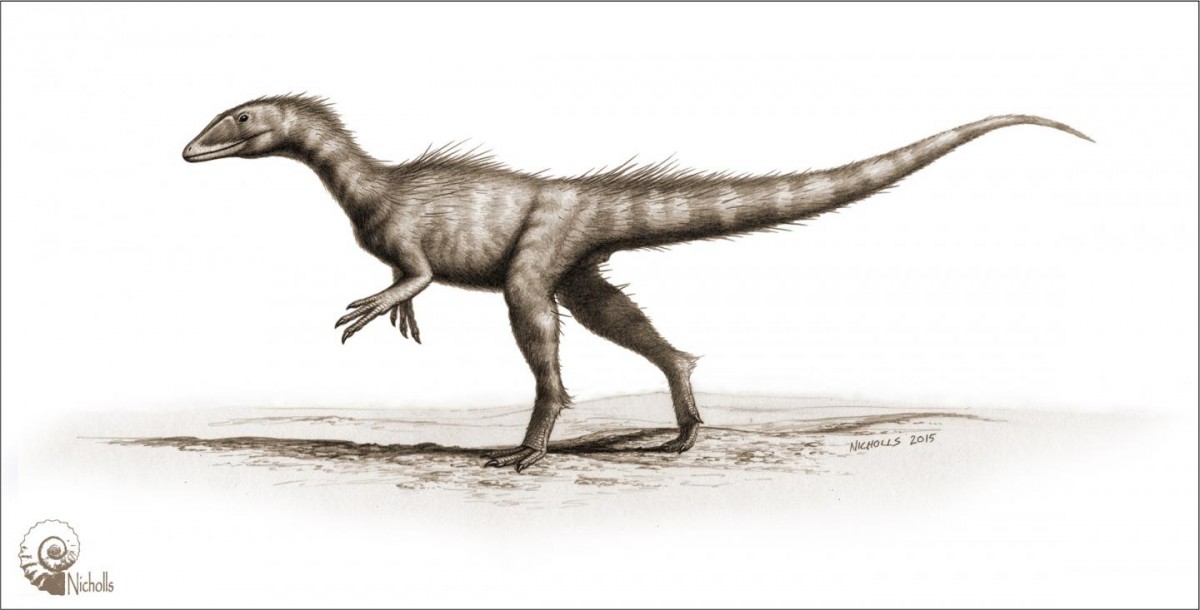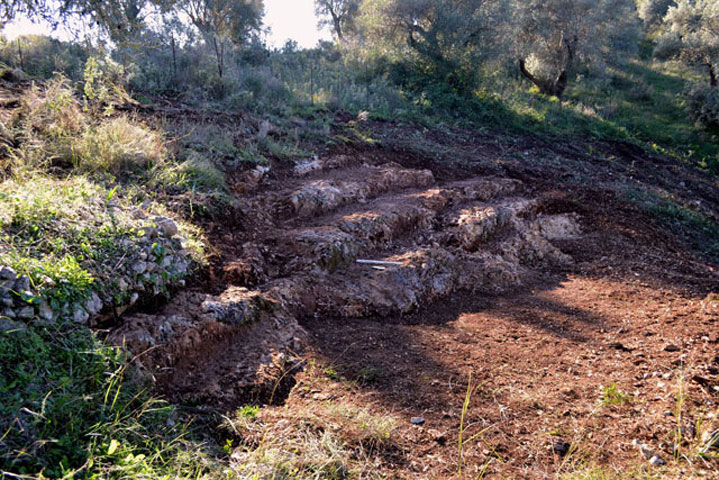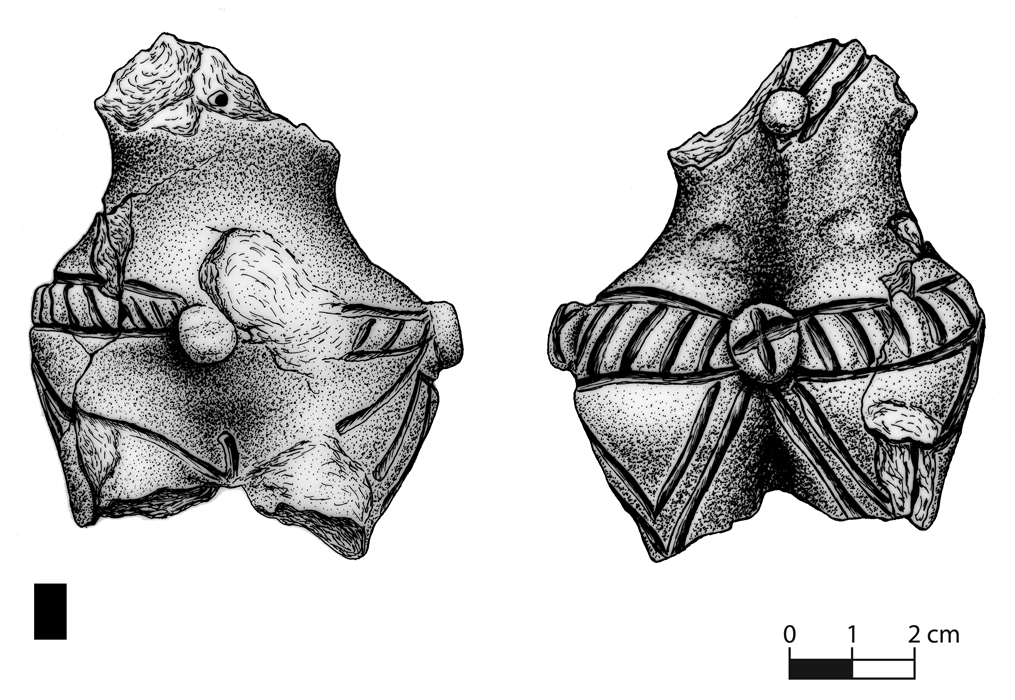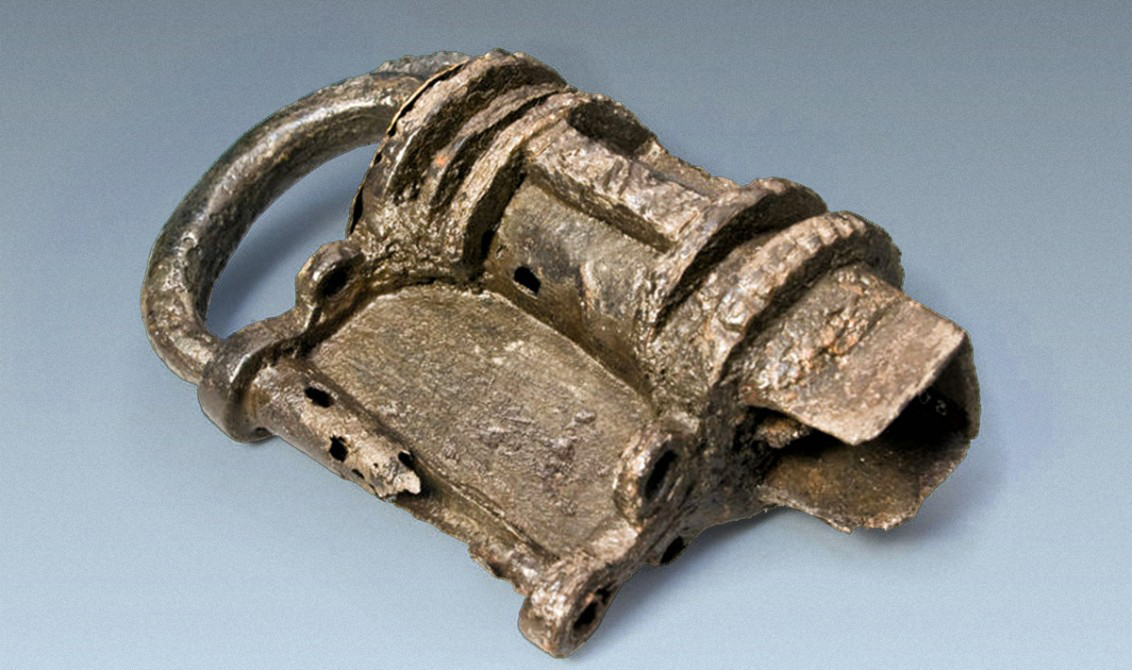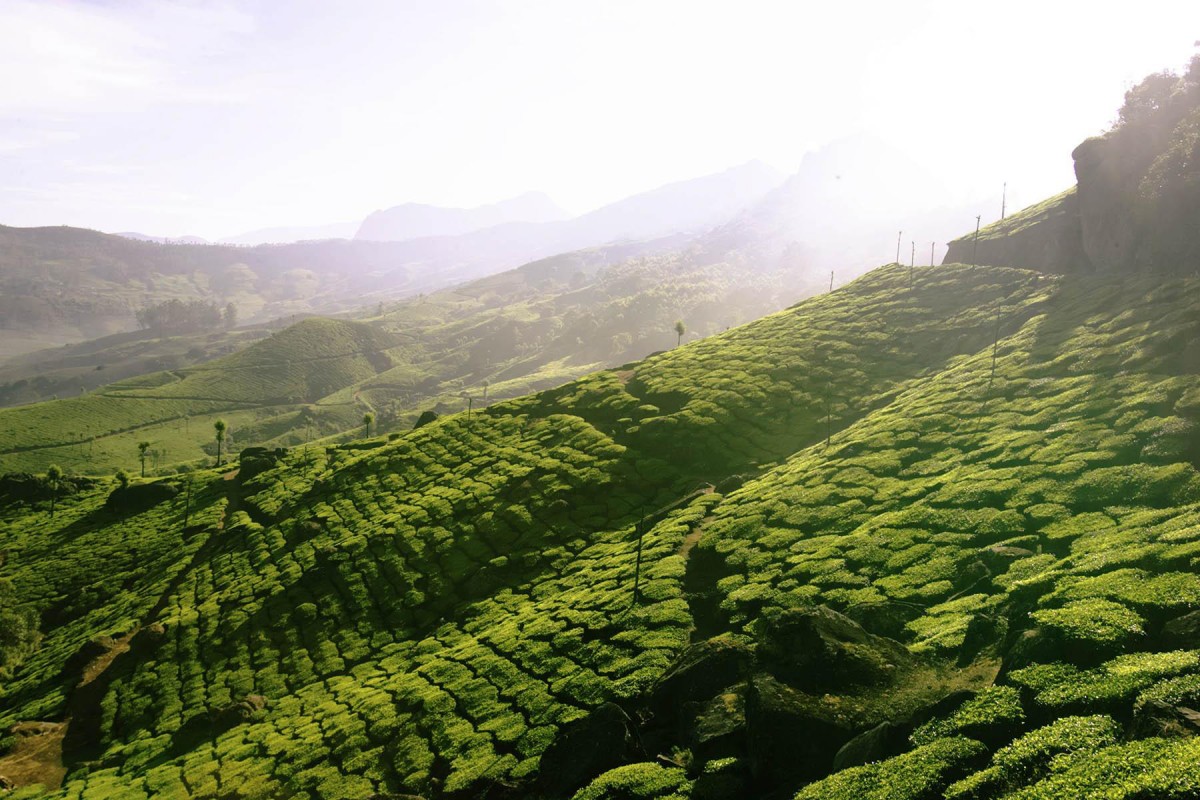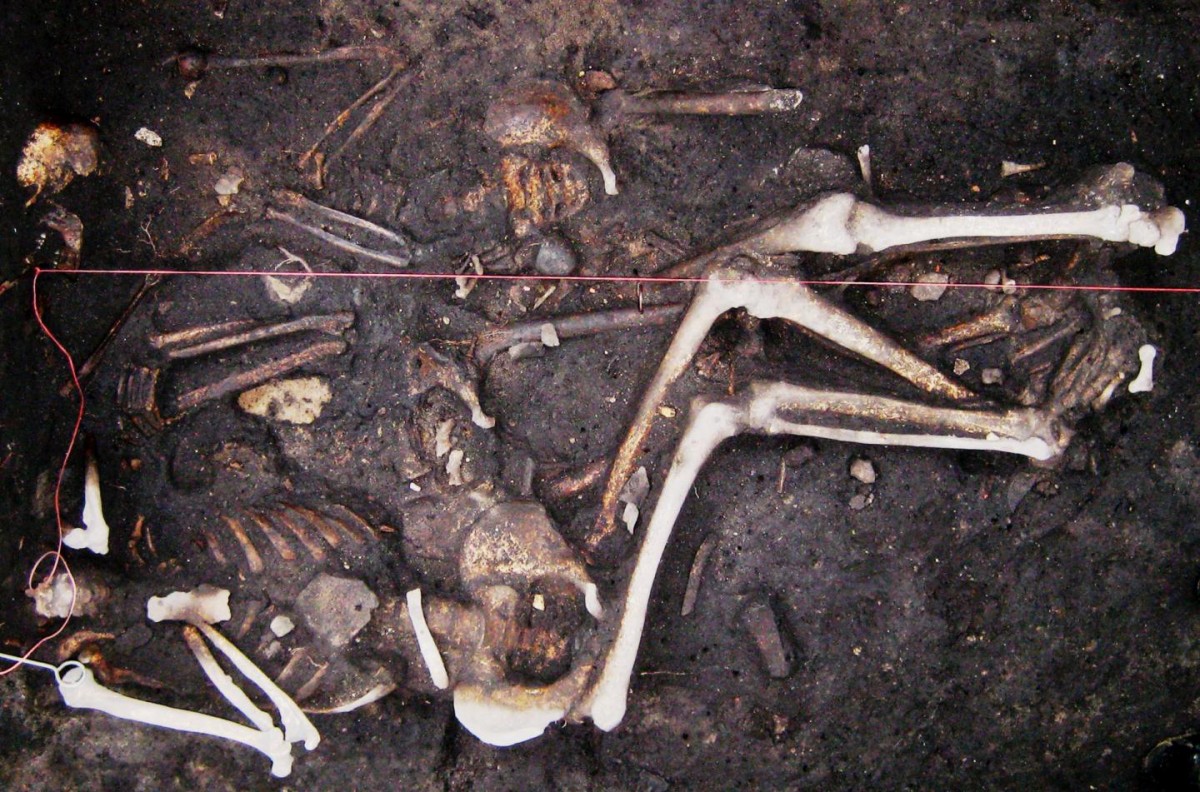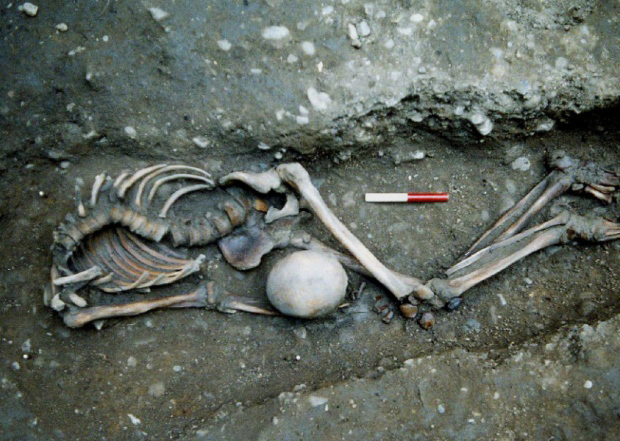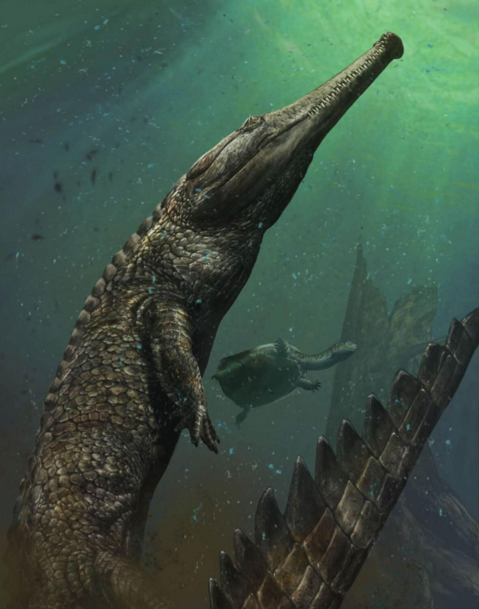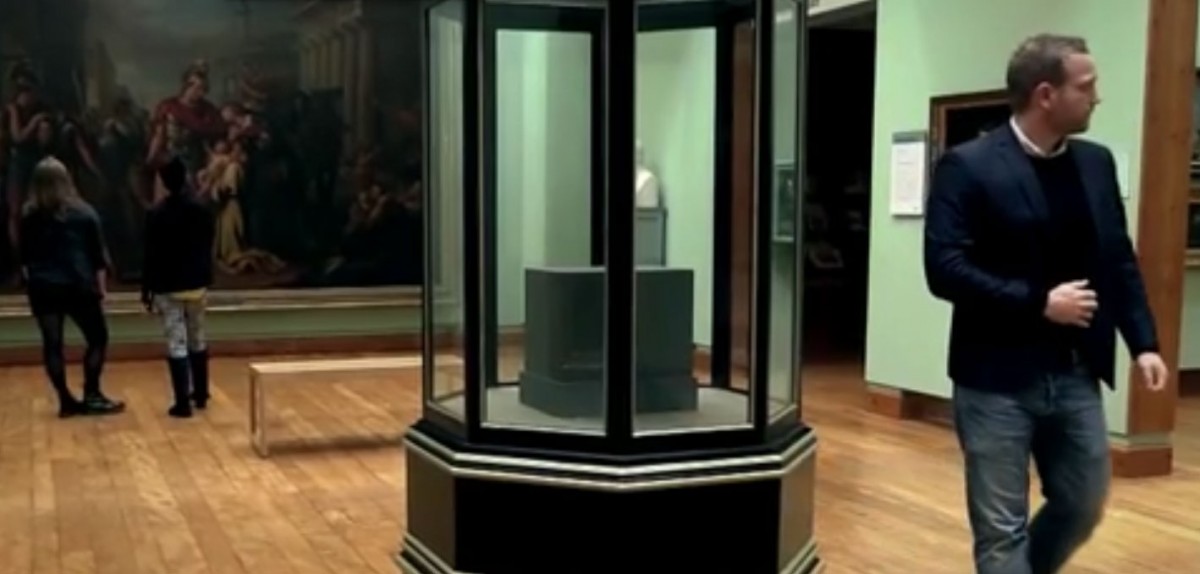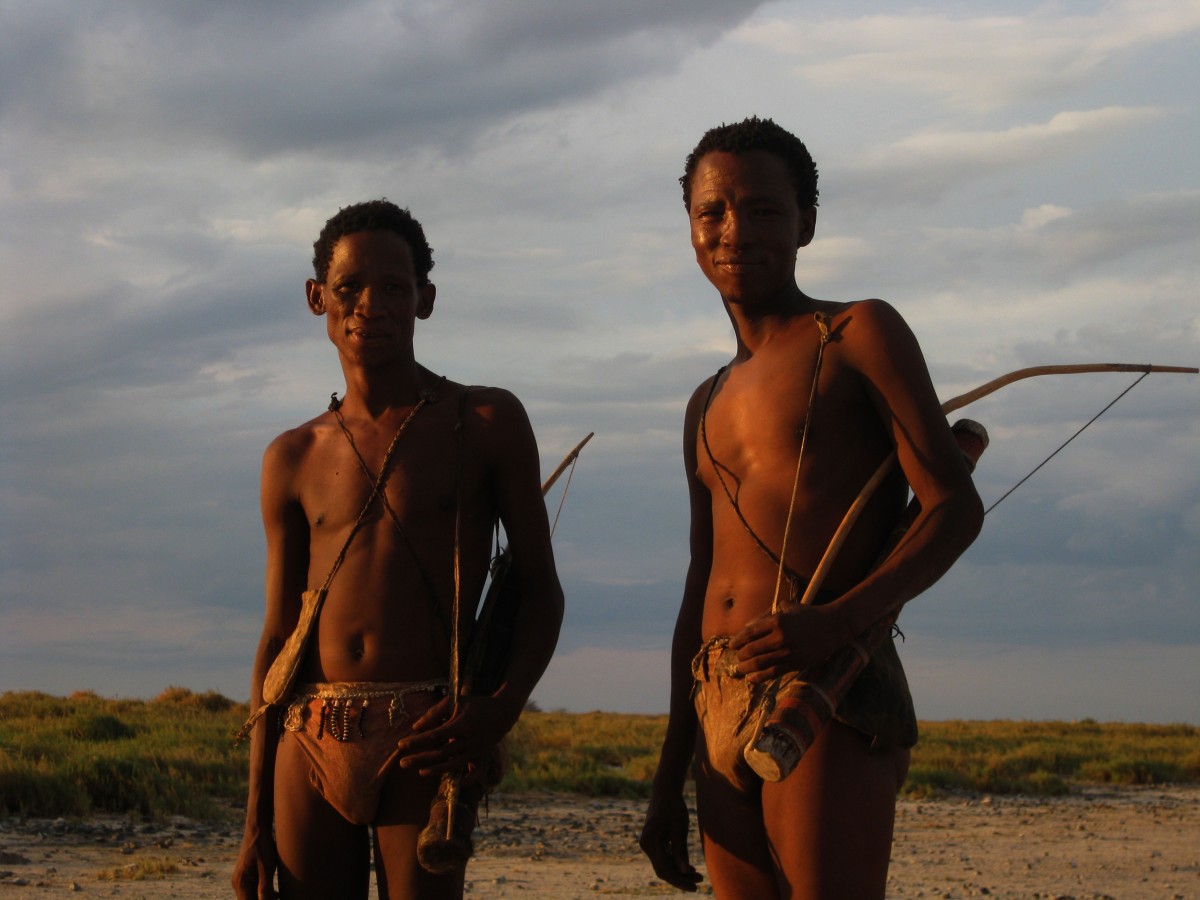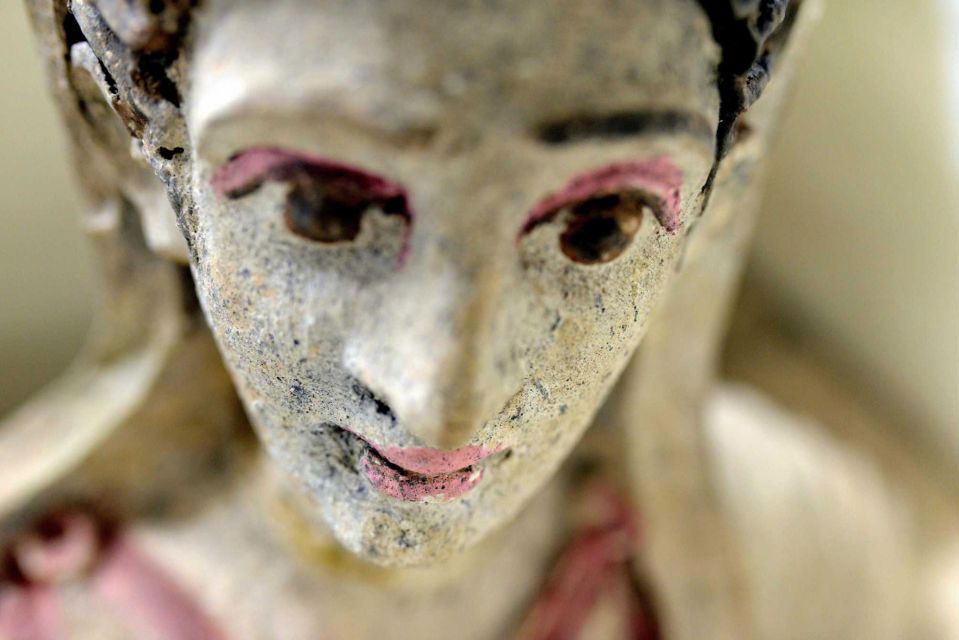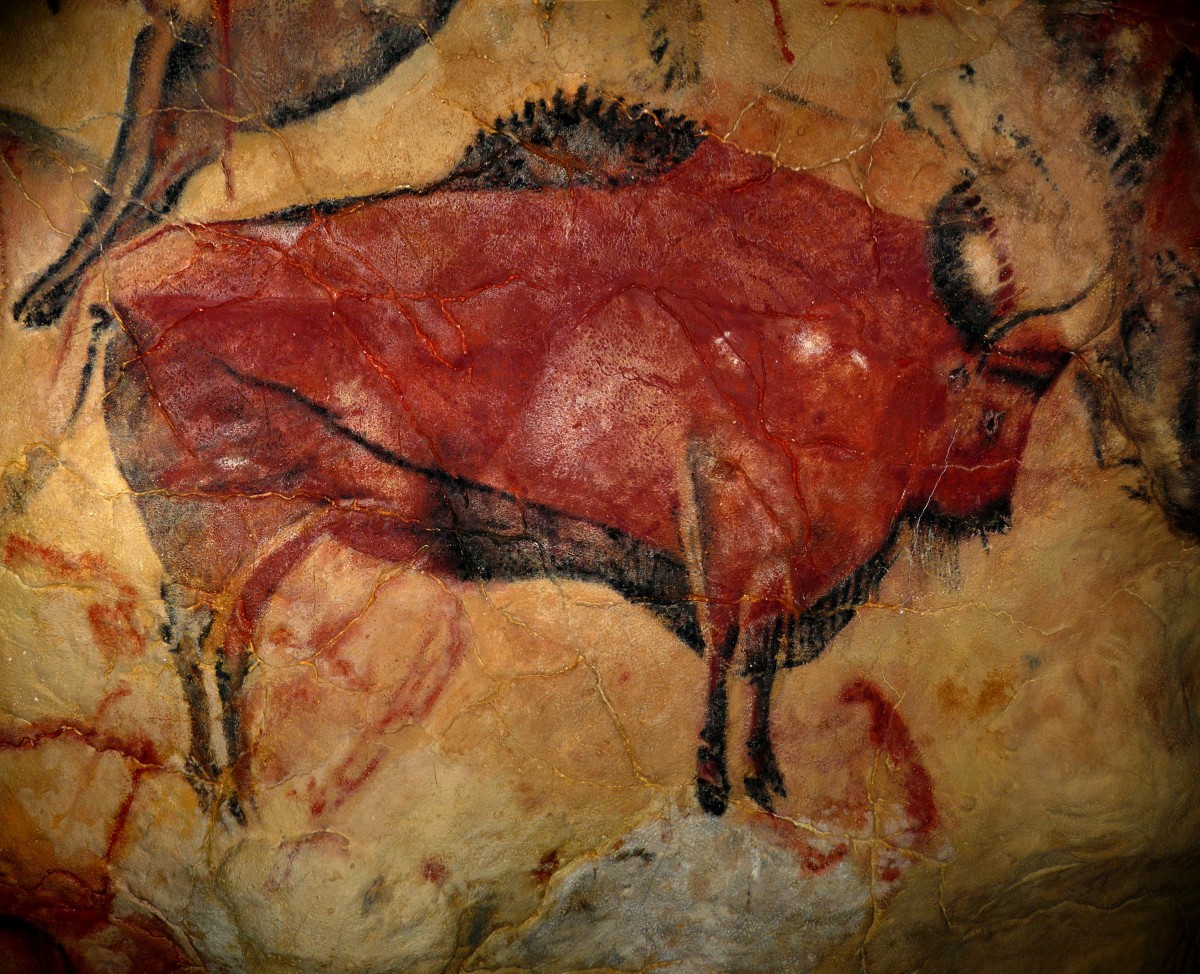Jurassic ‘sea monster’ donated to Oxford University Museum of Natural History
A rare 165 million-year-old plesiosaur skeleton has been donated to the Oxford University Museum of Natural History after being discovered in a quarry near Peterborough.
GAO 2016 Graduate Conference Registration Open
Registration for the Graduate Archaeology at Oxford (GAO) conference is now open.
The Hellenistic Peloponnese: New Perspectives
“The Hellenistic Peloponnese: New Perspectives” is organised under the auspices of the School of Archaeology and Ancient History, University of Leicester.
Lecturer in Hellenistic History
Cardiff's School of History, Archaeology and Religion is looking to appoint a Lecturer in Hellenistic History.
First Probable Case of Scurvy in Ancient Egypt
The discovery was made by the Aswan-Kom Ombo Archaeological Project (AKAP), a joint venture between the University of Bologna and Yale University.
The Neolithic settlement of Toumba Kremasti Koilada (Part 5)
Interpretation of the Kremasti ditches should not focus on the form they present today, neither should they be seen as a large community work constructed at a given moment in time to serve a specific need.
Οldest Christian monastery in Iraq destroyed by ISIS
The oldest Christian monastery in Iraq has been destroyed by ISIS.
Ex Ionia Scientia ‒ ‘Knowledge’ in Archaic Greece
The international conference “Ex Ionia Scientia ‒ ‘Knowledge’ in Archaic Greece” will be held in Greece on 12-14 December 2016.
Göbekli Tepe to get a makeover
Göbekli Tepe, home to what has been interpreted as one of the world’s earliest temple structures is to get a makeover through a new restoration project.
Evidence of a prehistoric massacre found in Kenya
Skeletal remains of a group of foragers massacred around 10,000 years ago on the shores of a lagoon 30km west of Lake Turkana, Kenya.
Neolithic tomb reveals community stayed together, even in death
A Neolithic Spanish burial site contains remains of a closely-related local community from 6000 years ago, according to a recent study.
200 million-year-old Jurassic dinosaur uncovered in Wales
A new carnivorous dinosaur species named Dracoraptor hanigani uncovered in the south of Wales is possibly the oldest known Jurassic dinosaur from the UK.
The ancient theatre of Lefkas has come to light
An almost unknown, rather big theatre has come to light during excavations at the hill of Koulmos on the island of Lefkada.
Interpretive approaches to prehistoric figurines
Aegean Lecture by Stratos Nanoglou in the Swedish Institute at Athens on January 29, 2016.
Social, cultural and demographic processes in migration periods
"Methodologies to investigate social, cultural and demographic processes in migration periods" is the topic of the 22nd annual meeting of the EAA.
Mounting evidence suggests early agriculture staved off global cooling
“After 12 years of debate about whether the climate of the last several thousand years has been entirely natural or in considerable part the result of early agriculture, converging evidence from several scientific disciplines points to a major anthropogenic influence,” said William Ruddiman.
Plague may have persisted in Europe for 300 years
Genetic analysis reveals Y. pestis bacteria may have persisted long-term in Europe.
Piecing together the gruesome story of York’s headless Romans
University of York archaeologists exploited the origins of a set of Roman-age decapitated bodies, found at Driffield Terrace in the city.
Diamonds used to ‘probe’ ancient Earth
Diamonds found in Johannesburg more than 80 years ago reveal how the ancient Earth was shaped.
Bone-crushing prehistoric reptile
A five-foot-long skull discovered in war-torn Tunisia has led to the identification of a new species.
Antiquities Trafficking and Art Crime Free Online Course
Antiquities Trafficking and Art Crime Free Online Course aims to answer how do we protect our heritage from theft, illegal sale, and destruction.
Harmful mutations have accumulated during early human migrations out of Africa
If modern humans migrated as small bands, then the populations that broke off from their original African family should progressively accumulate slightly harmful mutations.
Switzerland returns looted Etruscan antiques to Italy
Switzerland has handed back to Italy 45 cases of ancient Etruscan art stolen during illegal excavations.
Cantabria government wants to start auctioning off tickets to Altamira cave
the Cantabria government contemplates auctioning off the ticket to the UNESCO site. Some say that this means the cave would be open only to the highest bidders.
